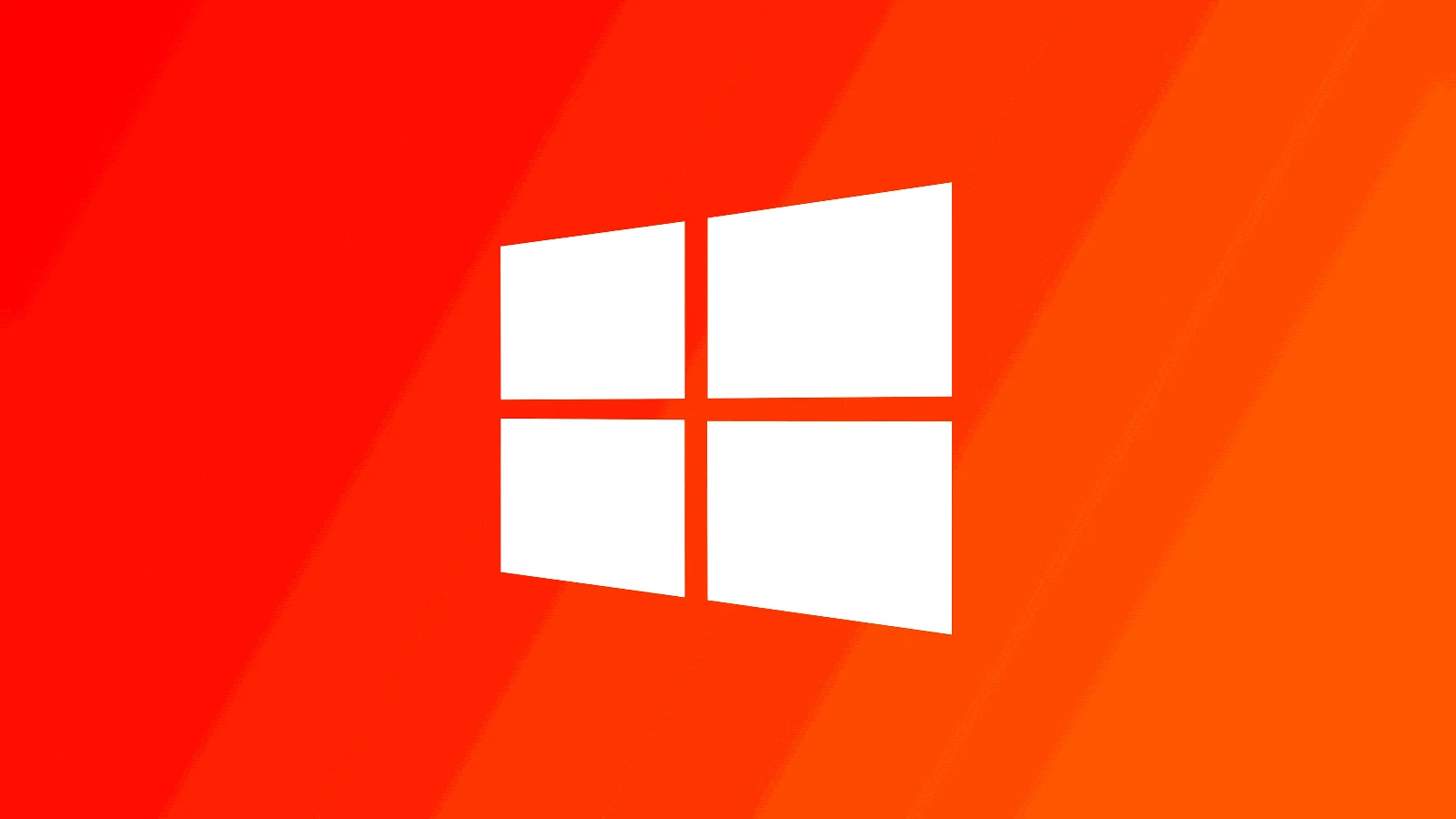
Microsoft fixes Windows 10 bug causing apps to stop working
Microsoft has fixed a known issue that prevents some apps launched from non-admin accounts from starting on Windows 10 22H2 systems after installing the September preview cumulative update.
These launch issues are caused by the affected apps’ child processes running with low Integrity levels instead of medium.
“After installing the September 2024 preview update (KB5043131), released September 24, 2024 or later, you might observe that apps such as Quick Assist, Microsoft Teams, Windows Narrator, etc might fail to start if you are a non-admin user,” Microsoft explained in a new Windows health dashboard entry.
“You might experience this issue on any app that sets UIAccess=true while trying to run the app as a non-admin user. The uiAccess=true attribute in an application’s manifest file is used to request that the application be granted higher privileges.”
Affected apps are launched from several secure paths, including the ProgramFiles folder and its subdirectories, %systemroot%\system32, and %systemroot%\syswow64 (for 64-bit versions of Windows).
Until the fix is rolled out through Windows Update, Microsoft resolved this known issue through Known Issue Rollback (KIR). The fix will propagate automatically to all home and non-managed enterprise devices over the next 24 hours.
To address it on impacted Windows enterprise-managed devices, Windows admins must install this Known Issue Rollback Group Policy.
To deploy it, go to the Local Computer Policy or the Domain policy on the domain controller using the Group Policy Editor to choose the Windows version you want to target and restart the affected device(s) to apply the group policy setting.
Microsoft provides further guidance on deploying and configuring KIR Group Policies on its support website.
In August, Microsoft used Known Issue Rollback to address another known issue behind performance issues, boot problems, and freezes on Windows Server 2019 systems after installing the August 2024 security updates.
One month earlier, the company also used this feature to fix a bug causing Windows Update automation issues on Windows 11 systems.



